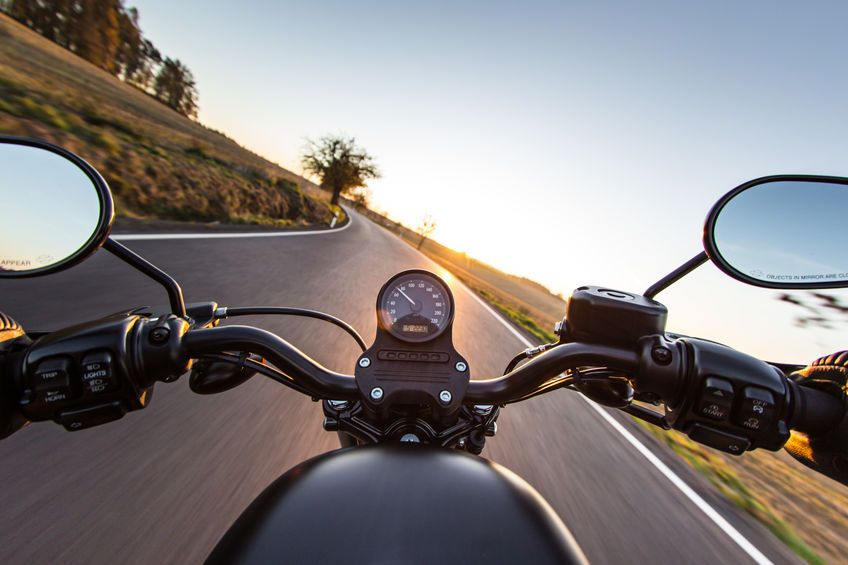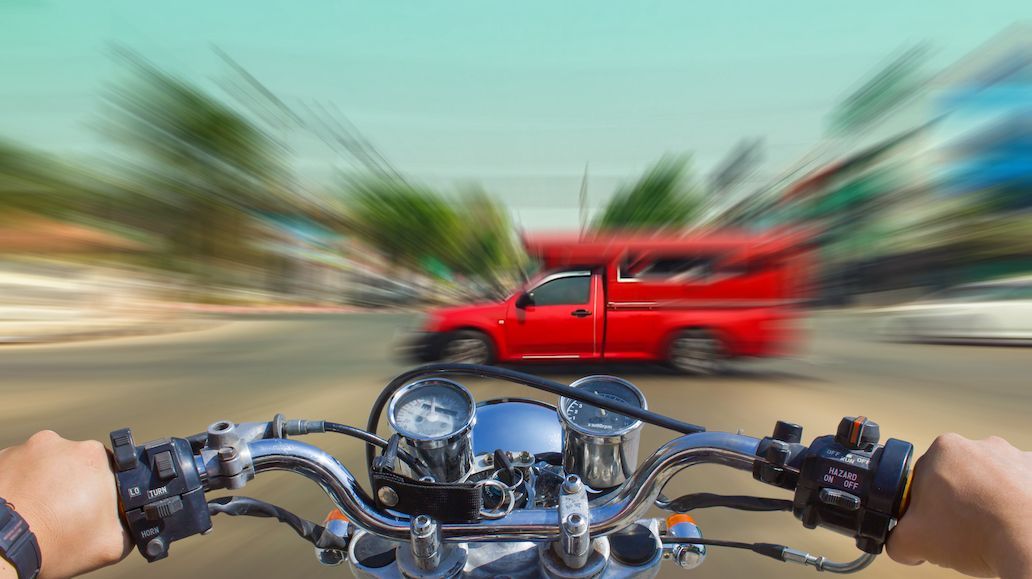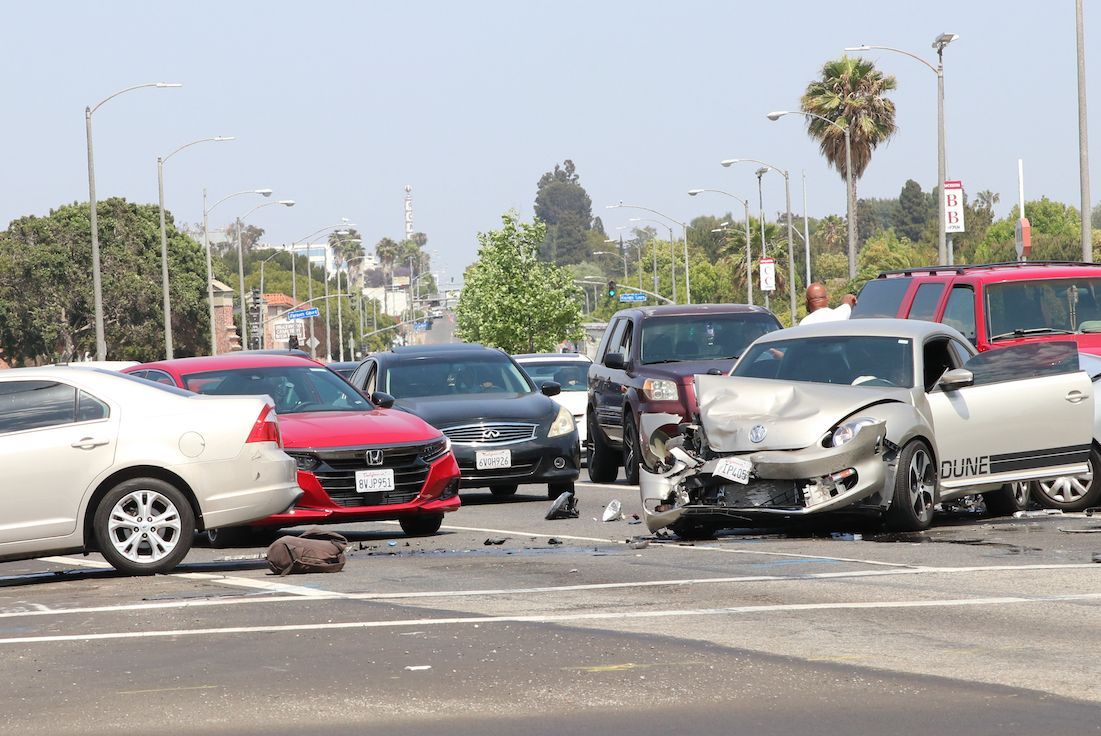10 Motorcycle Safety Myths to Ignore

Cruising on your motorcycle is exhilarating, but it can also be dangerous. This is due to the fact that motorcycles are less stable, less visible, and provide less protection than enclosed vehicles.
Therefore, motorcycle safety should always be your primary concern while riding. However, Not everything you hear about motorcycle safety is true. In fact, some motorcycle safety myths can actually put you at greater risk.
Above all, if you are hurt in a motorcycle wreck, call Mike Brandner Law. Our experienced lawyers are here to help you win possible compensation for your injuries.
Motorcycle Crash Facts
First, it’s important to understand the severity of motorcycle crashes. Based on motorcycle crash data from the National Highway Traffic Safety Administration, motorcyclist deaths occur 27 times more frequently than fatalities in any other vehicle. Further, motorcycle riders are six times more likely to be injured in a crash. That equates to over 80% of reported motorcycle crashes resulting in injury or death.
So, be sure to completely understand the safety risks before you get on a motorcycle. Then learn how to properly ride and practice often. Next, use good motorcycle driving techniques. Finally, be aware of these motorcycle safety myths.
Debunking Motorcycle Safety Myths
Safety tips come from various sources, but some tips are misunderstood, misinterpreted, or simply wrong. Debunking motorcycle safety myths takes research to ensure it is a myth you should ignore.
Myth 1
If your blood alcohol content (BAC) is below .08, it is safe to ride your motorcycle.
Riding with a BAC below .08 might save you from DUI charges, but you could still crash. Controlling a motorcycle is more challenging than driving an automobile. Motorcycle riding safely requires balance, coordination, and good judgment. Any amount of alcohol in your bloodstream can impact these abilities.
While 25% of the 5,286 motorcyclist fatalities in 2016 had a BAC of .08 or above, another 7% were fatally injured with BACs below .08. Of the 88 fatalities in Louisiana that year, 35% had BACs below .08.
Myth 2
If you have a driver’s license, you can legally and safely operate a motorcycle.
Driving an automobile and riding a motorcycle require different skills and know-how. All states also require you to add a motorcycle endorsement to your driver’s license before you can legally operate a motorcycle.
To receive a Louisiana motorcycle endorsement, you must pass a motorcycle knowledge exam and an on-cycle skills test. The skills test may be waived if you complete a state-approved motorcycle safety course. Twenty-nine percent of motorcycle riders involved in fatal crashes in 2017 were riding without valid motorcycle licenses at the time of the collisions
Myth 3
Helmet laws were only invented to take away your freedom, not save lives.
Louisiana state law requires every motorcycle rider to wear an appropriate helmet and adequate eye protection. Many motorcycle safety myths involve helmets, but there is convincing evidence that helmets save lives. Helmeted riders are up to 73% less likely to die in a motorcycle wreck and are 85% less likely to receive severe injuries than riders without helmets.
In 2018, 1,646 motorcycles were involved in accidents in Louisiana. 2019 saw 1,589. In both years, helmet use was only around 85%.
Nationwide, 1,908 motorcyclists who died in 2017 were not wearing helmets. The CDC estimates another 802 lives would have been saved that year had all riders worn helmets.
Myth 4
Crashing with a helmet on might save your head, but cause you to break your neck or suffer a spinal cord injury.
Actually, a helmet’s energy-absorbing qualities also absorb the energy that causes broken necks and spinal cord injuries. Several studies conclude that helmeted riders suffer fewer neck injuries and have a significantly lower risk of spinal cord injuries than non-helmeted riders.
Myth 5
Full-face helmets block peripheral vision and impair hearing.
Neither of these motorcycle safety myths are supported by scientific data. Federal safety standards mandate that helmets provide a 210-degree field of vision to prevent blockage of your peripheral vision. More than 90% of accidents happen within a range of 160-degrees, which means your helmet provides an unobstructed view. Although helmets do cut down on the loudness of noises, it does not affect your ability to detect critical traffic sounds. Since helmets also reduce wind noise, you may even hear better.
Myth 6
Wearing leather just makes you look “cool.”
Leather has long been associated with biker culture, but it is also extremely resistant to abrasions. This makes it highly effective at preventing road rash and bodily injuries in crashes. It also acts as an insulator against wind chill, which keeps you more comfortable and in better control of your motorcycle.
Myth 7
Laying your bike down will slow your speed enough to avoid a crash.
Crashing your bike to avoid a crash is never a good plan and can cause you to slam harder into a vehicle or end up wedged beneath it. Once on the ground, you also put yourself at greater risk of being hit by other vehicles.
If you have time to lay the bike down, you have time to attempt to avoid the crash altogether. Modern braking and acceleration systems should allow you to effectively brake and/or swerve around objects, which is always better than intentionally putting yourself on the pavement.
Myth 8
Good riders never need to practice, even the first time they ride a new bike.
While experienced riders can probably ride any bike, that does not mean they should do so without practicing in a controlled area before taking off in traffic. All motorcycles handle and respond differently. Even minor differences in braking and steering can cause you to crash. Always get accustomed to the feel of an unfamiliar bike before heading out.
Myth 9
Motorists always see and hear motorcycles, especially ones with really loud pipes.
Some drivers are inattentive, but even the most careful drivers can miss a motorcycle in their blind spot. Motorcycles are less visible than cars, so always drive defensively and assume drivers cannot see you. Stay out of blind spots and avoid riding too close to other vehicles.
Also, never assume your loud pipes announce your presence when a driver cannot see you. Most of this noise is directed rearward, so cars in front may not hear it. Many drivers also drive with their windows up and radios blaring, which further obscures road noise. Instead of making more noise, make yourself more visible by wearing bright colors, especially on your jacket and helmet.
Myth 10
Lane splitting is always a safe practice.
There is actually very little data on whether lane splitting is safe. When done correctly, it may be a relatively safe motorcycling maneuver, but there are also some inherent risks. One major risk occurs when other vehicles are changing lanes while you are lane splitting. You also increase your risk of crashing when lane splitting at excessive speeds or in fast-moving traffic.
One study examined 6,000 motorcycle crashes and discovered that about 17% of them occurred while the motorcyclists were lane splitting. Regardless of the safety debate, lane splitting is only legal in some states, like California. Lane splitting in Louisiana is illegal and can result in a citation and fine.
Biggest Myth: It Will Never Happen to Me
No matter how many years you have ridden accident-free, there is no guarantee it will never happen to you. Ignoring motorcycle safety myths helps, but if you are hurt in a motorcycle accident, contact the New Orleans motorcycle accident lawyers at Mike Brandner Law. Visit our office from 8:00 a.m. to 5:00 p.m., or use our online LiveChat. We are also available to take your call 24/7. Further, we offer free consultations and there is no fee, unless we win your case.







